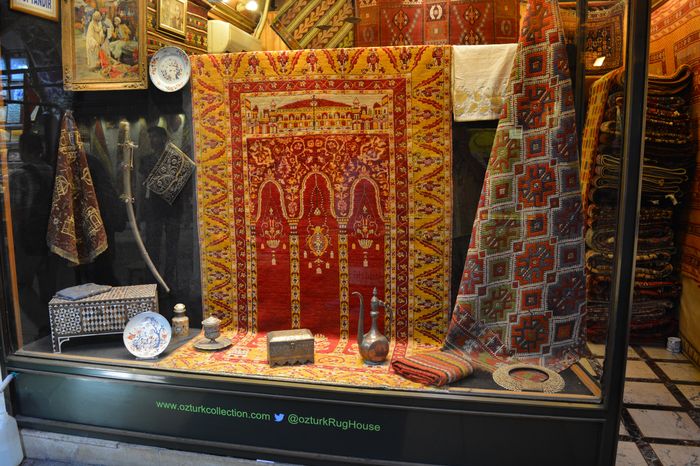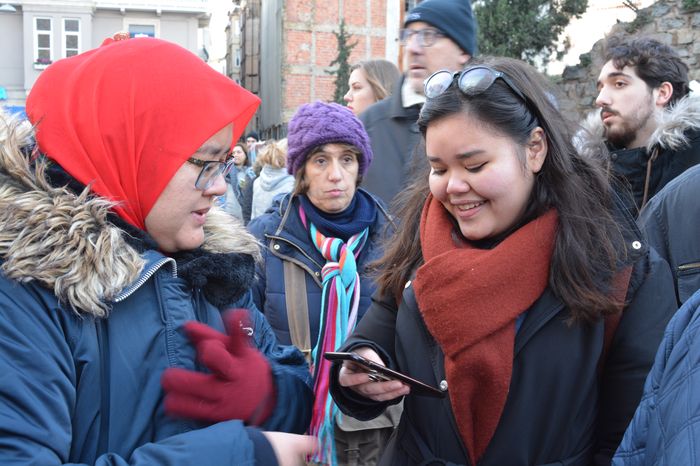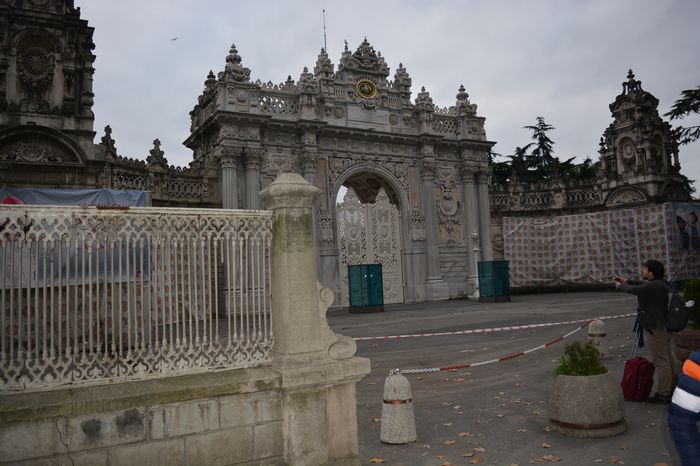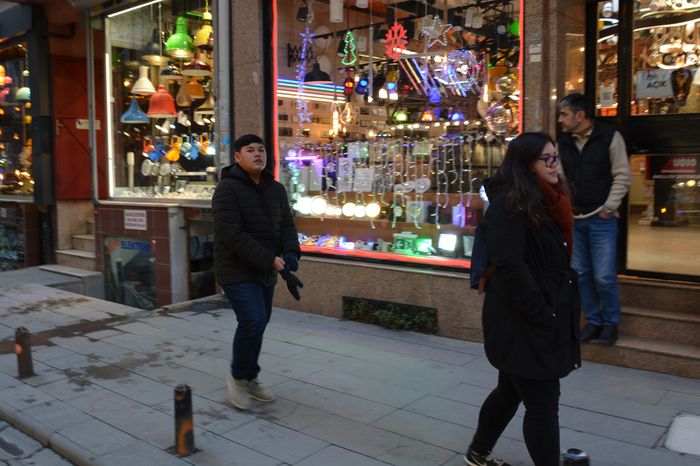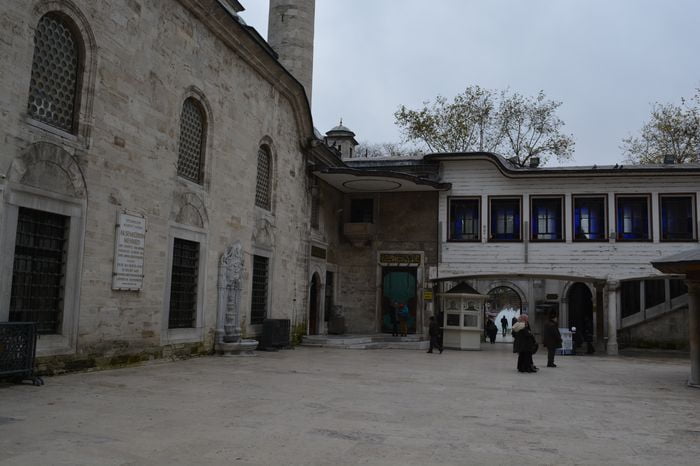Chrysoprase (also called chrysoprasus) is a beautiful green gemstone that belongs to the chalcedony family. Its green color comes from small amounts of nickel inside the stone. The shade of green can vary from very light green to a rich apple green (see Fig. 2). Chrysoprase can be either translucent (letting light through) or opaque (not letting light through), and it is often admired for its fresh, lively color The Most Treasured Semi-Precious Stones of Turkey.
This gemstone is found in a few places around the world, including the United States (in states like California, Oregon, and Arizona) and in eastern India. In Turkey, chrysoprase is discovered in several regions:
Alaşehir (Manisa) – light yellowish-green in color
Biga (Çanakkale) – deep green, especially around Dikmendağı
Sivrihisar (Eskişehir) – known for its strong green tones
İkizce (Bursa)
Şenkaya (Erzurum) – especially in the villages of Zümrüt and Turnalı
In Erzurum, chrysoprase is often wrongly called “Şenkaya Emerald” because of its deep green color. However, it is not a true emerald. What makes this stone even more special is that it often contains natural patterns and shapes that can resemble tiny artworks. These patterns make it ideal for creating eye-catching jewelry and small decorative items Ephesus Sightseeing.
A Unique Turkish Gemstone with Color-Changing Qualities
Diaspore is a rare mineral that forms in bauxite ore, which is an important source of aluminum. Among all the aluminum-rich minerals, diaspore has the lowest water content. When bauxite ore goes through high pressure and temperature (a process called metamorphism), diaspore often becomes the main mineral. At this stage, the ore is sometimes called diasporite because it is made almost entirely of diaspore.
One of the most interesting features of diaspore is its potential to grow into very large crystals, some of which are suitable for use as gemstones. Diaspore comes in natural shades of yellowish-green to light green (see Fig. 2). While this mineral can be found in different types of rocks—such as laterites, aluminum-rich clays, recrystallized limestones, and pegmatites—it only rarely forms gemstones of high enough quality to be used in jewelry.
In Turkey, the most important location for gem-quality diaspore is the Milas region in Muğla Province, especially near Lake Bafa and the area between Milas and Yatağan. There are also smaller and less productive deposits in:
Söke (Aydın)
Tire (İzmir)
Bolkardağ area (Niğde Province)
Saimbeyli (Adana)
Most of these other locations are not mined commercially due to low quality or small amounts.
Diaspore has become more popular in the global jewelry market because of its rare and fascinating property: it changes color depending on the lighting. For example, it might look green in daylight but appear reddish or pinkish under indoor light. Because of this, gem-quality diaspore is often sold under brand names like Sultanite, Zultanite, or Csarite, honoring the history of Ottoman sultans and Russian tsars.
Due to its rarity, size, and color-changing ability, many in the gemstone industry now refer to diaspore as the “diamond of the future.” It is increasingly used in rings, necklaces, and luxury jewelry pieces.



